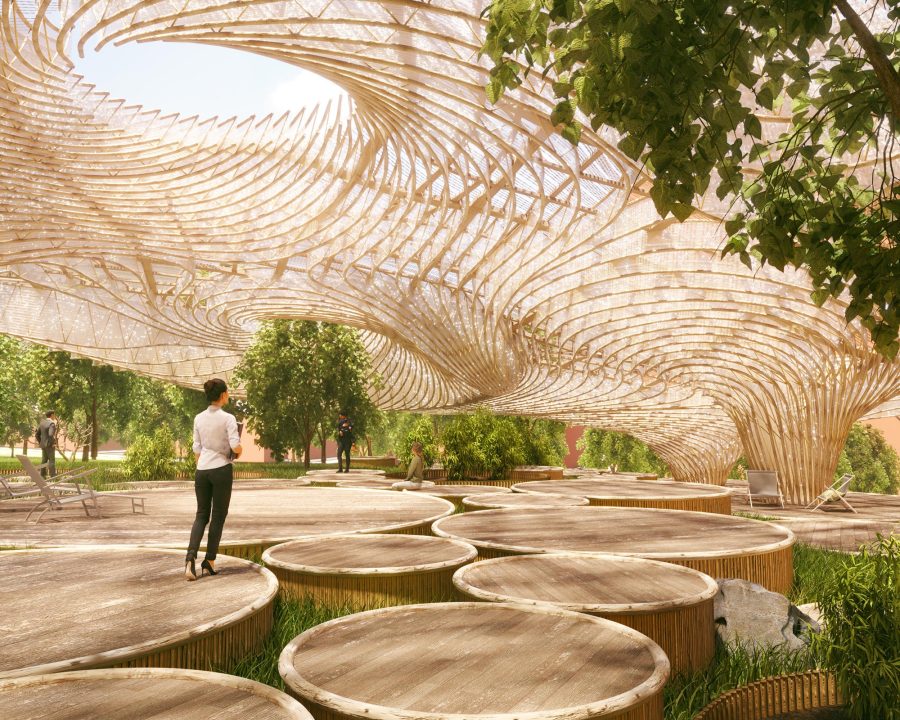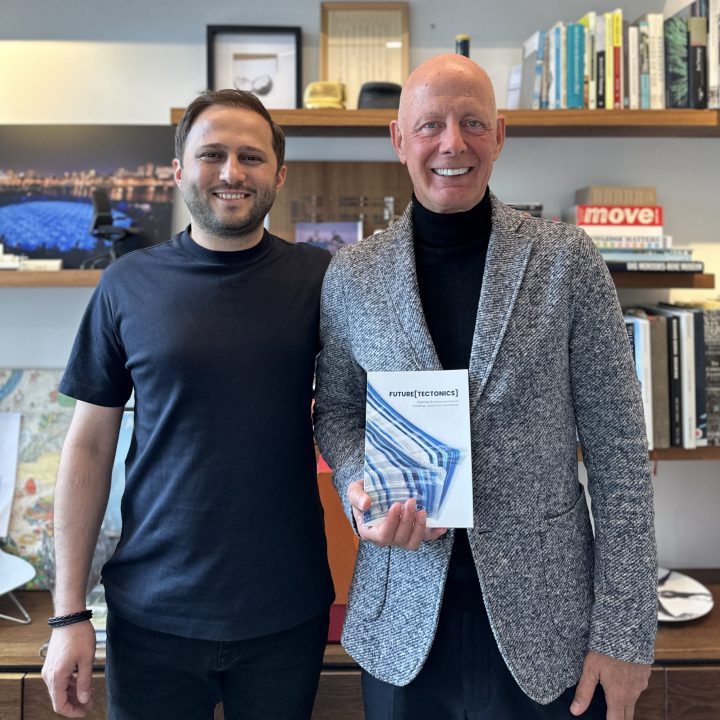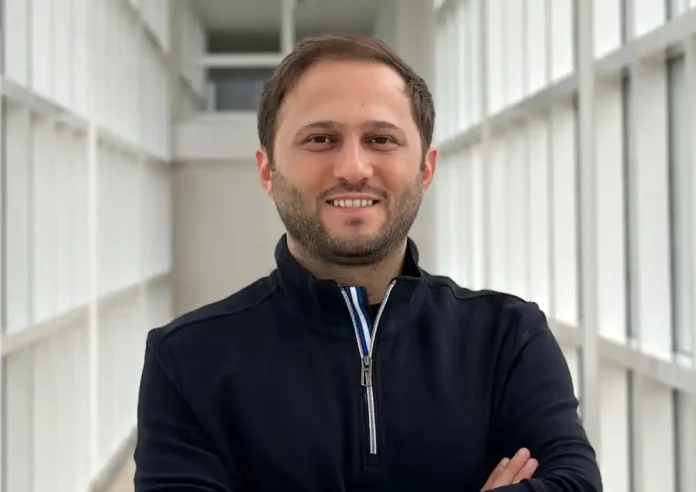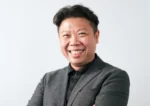For Hamid Hassanzadeh, architecture was never just about buildings — it was about bridging design with technology and making knowledge accessible across borders.
As the Founder & CEO of ParametricArchitecture (PA) and PAACADEMY, he has built one of the world’s most influential platforms for architects and designers to learn computational design, AI, and digital fabrication.
In this Q&A, Hamid shares the frustrations that sparked his vision, how PAACADEMY scaled into a global education hub, and why empowering people with future-ready skills has become his most rewarding achievement.
Highlights
From Frustration to Founding ParametricArchitecture
Q: What was the moment that made you realize architecture needed a platform like ParametricArchitecture — and that you were the one to build it?
A: The realization came from my own frustration as a young architect navigating the gap between traditional architectural education and the rapid evolution of digital tools like parametric design, computational workflows, and now AI.
While the AEC industry is one of the most influential sectors shaping our world, it has often been slow in adopting new technologies, and this hesitation only widens the knowledge gap between academia and practice.
Much of the most innovative research and experimentation was locked away in elite institutions, conferences, or within the walls of renowned firms, leaving a vast global community of architects and designers without access.
I felt there needed to be a platform that could democratize this knowledge, accelerate the industry’s technological adoption, and connect like-minded pioneers across borders.
That was the moment of clarity that led me to create ParametricArchitecture, not just as a publication, but as a living ecosystem where ideas, projects, and technologies converge to move the AEC industry forward.

Scaling PAACADEMY from Idea to Global Reach
Q: PAACADEMY is now shaping how professionals learn AI, computational design, and digital fabrication. How did you go from idea to execution on such a specialized platform?
A: The execution came from observing the momentum we had with ParametricArchitecture’s community. PA had grown into one of the world’s most engaged platforms for design and technology, and the audience was asking not just to read about innovation, but to learn it, practice it, and apply it. That’s how PAACADEMY was born.
We began by curating live workshops with pioneers such as Zaha Hadid Architects, BIG, Foster and Partners, 3XN, and other leading studios, and then expanded to cover AI, 3D printing, robotics, and BIM.
The model was straightforward but powerful: connect world-class experts directly with learners online, and archive everything so knowledge becomes accessible anytime.
What started as a few workshops quickly scaled into hundreds of courses, 25K–35K+ students worldwide, and a global faculty of over 600 instructors.
Lessons Unlearned as a Founder
Q: In building both PAACADEMY and ParametricArchitecture, what early assumptions did you have to unlearn as a founder?
A: One big assumption I had to unlearn was the idea that growth follows a linear path. In reality, building something new, especially in architecture and education, requires embracing unpredictability.
I also assumed in the beginning that passion and quality alone would be enough. But I learned quickly that execution, systems, and scaling strategies are just as critical as vision. Another misconception was that the audience was primarily local or regional.
In fact, the demand was overwhelmingly global, which forced me to think from day one about scalability, cultural nuance, and international partnerships.
Empowering Others Through Education
Q: Many startups focus on disruption — yours focuses on elevation and education. What’s been the most rewarding part of building a business that empowers others with future-ready skills?
A: The most rewarding part has been witnessing real transformation in people’s lives and careers.
One of our students first joined PAACADEMY as a participant in our workshops, and within just a few years, she became the head of the computational design team in her office. Later, we invited her back, not as a student, but as an instructor to teach and inspire others.
Another story that stands out is of a solo student with two master’s degrees who produced such remarkable outputs during our workshops that they were picked up by Sir Norman Foster himself. His office reached out to us directly to connect with the student, and this led to opportunities to collaborate on projects with Foster + Partners.
These journeys highlight why building PAACADEMY is so rewarding. It’s not just about teaching tools; it’s about creating a global platform where talent is discovered, nurtured, and elevated to the highest levels of practice.
Knowing that our work can open doors to opportunities that once felt unreachable proves that the real impact lies in empowering others to rise.
Reaching a Global Stage from Istanbul
Q: You’ve created a global design community from Istanbul. How have you approached scaling reach, relevance, and partnerships beyond borders?
A: From the beginning, I treated PA not as a regional platform, but as a global stage. This meant producing content in English, covering international projects, and collaborating with voices from across the globe.
Social media was a key scaling tool; we grew to over 1.5M followers on Instagram, 590K on LinkedIn, 300K on Facebook, 1M views on the website, and we reach almost 20 million people monthly across platforms.
Partnerships were built by approaching top firms and universities with a simple proposition: let’s make your knowledge accessible to the world. Our location in Istanbul, rather than being a limitation, became a strength, positioning us as a bridge between continents, East to West, South to North.
Final Thoughts: Milestones That Redefine Access to Knowledge
For Hamid Hassanzadeh, two milestones stand out as defining his journey so far.
The first is the growth of PAACADEMY into one of the world’s largest specialized education platforms for architecture and design. In just a few years, it has welcomed tens of thousands of students from more than 150 countries and collaborated with over 600 leading architects, designers, and technologists.
For Hamid, it’s not just about scale — it’s about creating a space where a student in São Paulo or Tehran can learn directly from experts at firms like Zaha Hadid Architects, SOM, MVRDV, UNStudio, BIG, or Foster and Partners.
The second is the honor of hosting architectural icons on ParametricArchitecture itself — figures such as Peter Eisenman, Kengo Kuma, Moshe Safdie, Ma Yansong, Winy Maas, Patrik Schumacher, and Ben van Berkel. These are names he once admired as a student, and now he brings their insights to a global community.

Beyond milestones, Hamid emphasizes the ripple effect: students who write back to share how PAACADEMY transformed their career path. To him, that ripple — powered by both the students and the team behind PA — is the true measure of impact.
As Hamid continues to expand the reach of ParametricArchitecture and PAACADEMY, one thing is clear: he’s not just building platforms, he’s building a future where architectural knowledge is open, global, and transformative.
Highlights
Read the Chinese article here.








